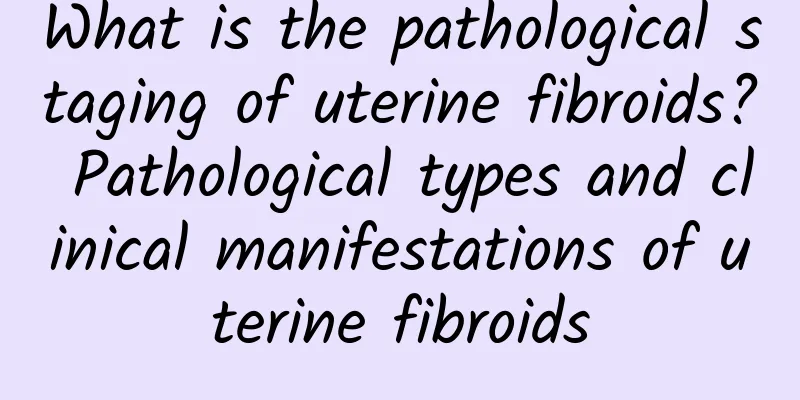Who is more likely to get endometrial tuberculosis?

|
Who is more likely to get endometrial tuberculosis? The incidence of gynecological diseases is getting higher and higher, and endometrial tuberculosis is one of them. Endometrial tuberculosis has a great impact on women's lives, so in daily work and life, we must pay attention to health care. So what is endometrial tuberculosis? Let's take a look. Symptoms of endometrial tuberculosis 1. Irregular menstruation In the early stage, the endometrium may become congested or form ulcers, resulting in excessive menstruation; in the late stage, the endometrium is damaged, affecting its function, causing infrequent menstruation or even amenorrhea. 2. Infertility Because tuberculosis of the endometrium destroys the environment for the implantation and development of the fertilized egg, or tuberculosis of the fallopian tubes blocks the fallopian tubes and causes infertility, many patients come to the hospital for examination because of infertility, and are finally diagnosed with endometrial tuberculosis. 3. Lower abdominal pain It is mostly caused by combined pelvic tuberculosis, which leads to pelvic congestion, adhesion or abscess formation, resulting in lower abdominal pain. 4. Systemic symptoms In severe cases, symptoms may occur, such as fatigue, night sweats, low-grade fever, weight loss and loss of appetite. Endometrial tuberculosis treatment 1. Anti-tuberculosis treatment At present, anti-tuberculosis treatment adopts short-term combination drug therapy, which shortens the medication time, reduces the medication dosage, alleviates the toxic reactions of drugs, and is easier for patients to accept. When using the medication, it is necessary to pay attention to the fact that anti-tuberculosis drugs may cause toxic reactions in some patients, such as nerve damage, liver and kidney function damage (including jaundice), and make appropriate treatment according to the specific situation of the patient. 2. Surgery (1) Indications for surgery ① The symptoms of fallopian tube and ovarian abscess subsided after drug treatment, but the lump did not disappear, and the patient felt that the symptoms recurred. ② Patients whose drug treatment is ineffective and who develop tuberculous abscesses. ③ A large encapsulated effusion has formed. ④ The endometrium is extensively destroyed and anti-tuberculosis drugs are ineffective. ⑤ For patients with tuberculous peritonitis complicated by ascites, surgical treatment combined with drug therapy is beneficial to the recovery of peritoneal tuberculosis. |
<<: What are the main symptoms of congenital absence of vagina?
>>: What are the types of endometrial tuberculosis?
Recommend
Between fat and thin! Find the secret to a healthy gut
Whether a person is fat or thin is actually relat...
How to take good care of pelvic peritonitis in women
Many women suffer from gynecological diseases in ...
Patients' families should pay attention to the care methods of vaginitis as early as possible
According to the survey, vaginitis is a common gy...
How to regulate irregular menstruation in women
How to regulate irregular menstruation? Many wome...
What to eat after uterine fibroids removal What to eat after uterine fibroids removal
What to eat after removing uterine fibroids - hea...
What tests should be done for dysmenorrhea?
The causes of dysmenorrhea are complex and not as...
What are the symptoms of female pelvic effusion?
What are the symptoms of pelvic effusion in women...
What are the early symptoms of vulvar leukoplakia
Understanding its symptoms is the best way to cur...
What is endometrial tuberculosis?
What is endometrial tuberculosis? Endometrial tub...
Experts explain the symptoms of adnexitis
In medicine, adnexitis is also called salpingo-oo...
Ovarian cysts are effectively preventable
The prevention of ovarian cysts is something that...
What are the symptoms of cervical erosion?
Cervical erosion is usually caused by infection d...
Dietary conditioning methods for patients with irregular menstruation
Irregular menstruation is a common gynecological ...
How to treat female cervical erosion? Acetic acid whitening. Treatment guidance and suggestions for female cervical erosion.
Although the incidence of cervical erosion is ver...
Long-term constipation leads to obesity? Improve intestinal prolapse first, do 3 intestinal stretching exercises
Are you always suffering from constipation and ca...









